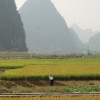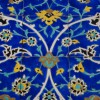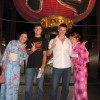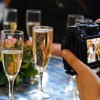No trip to Iran is complete without venturing to Esfahan; Iran’s most scenic city. The central city is awash with beautifully maintained parks delightful hand-painted tiling and a magnificent public square. The city also enjoys a temperate climate and regular seasons on account of its inland location at an altitude of 1590m. It is located on the main north-south and east-west routes crossing Iran so any intrepid journey across the country should bring you through Esfahan.
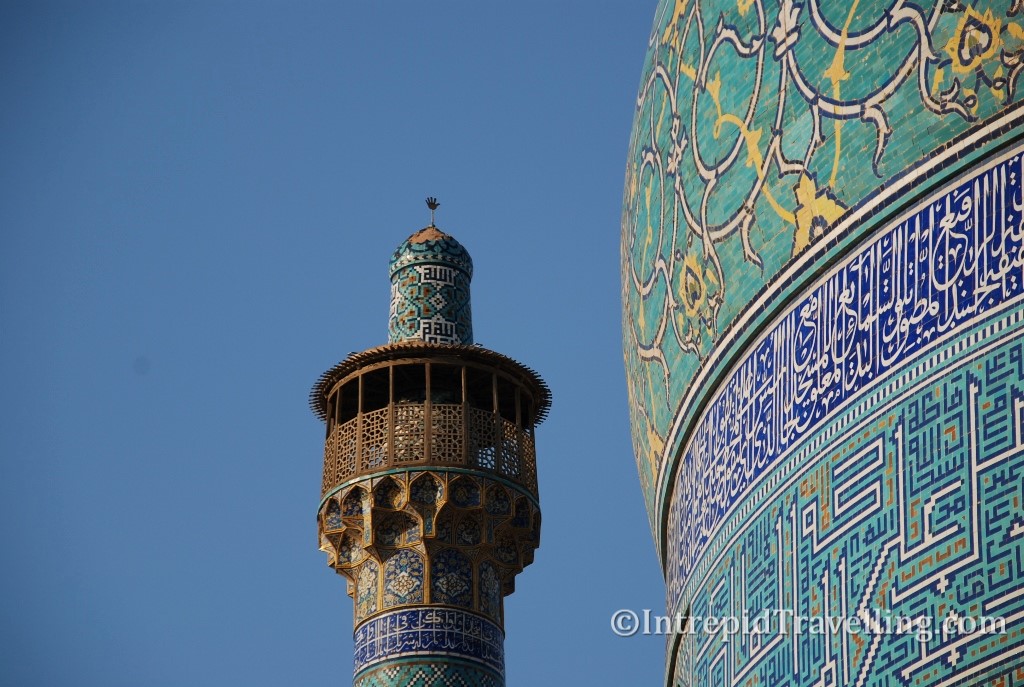
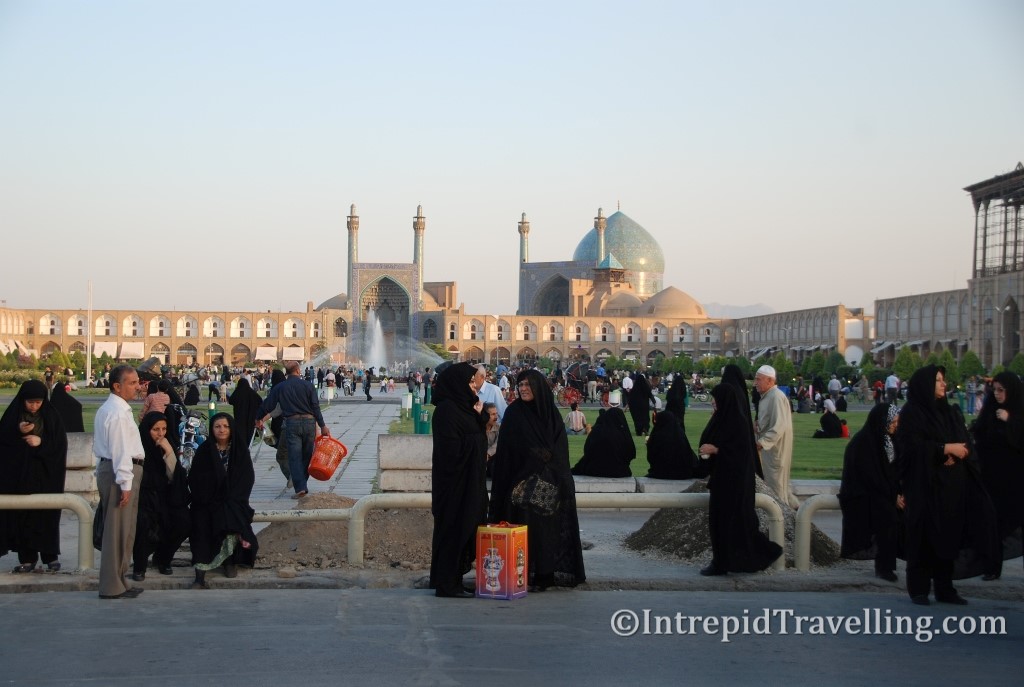
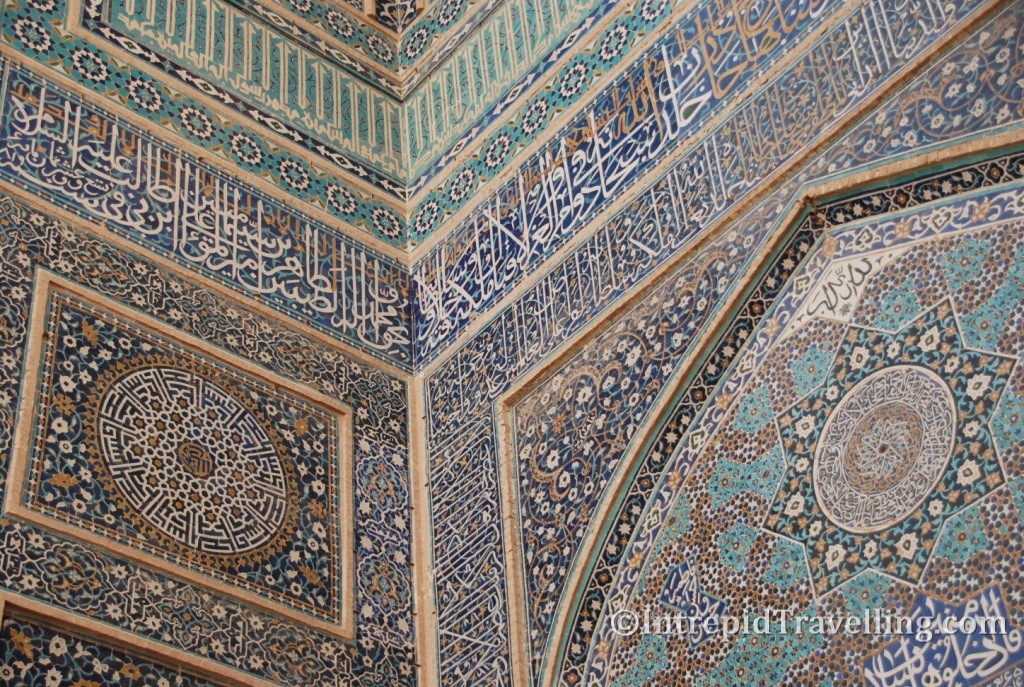
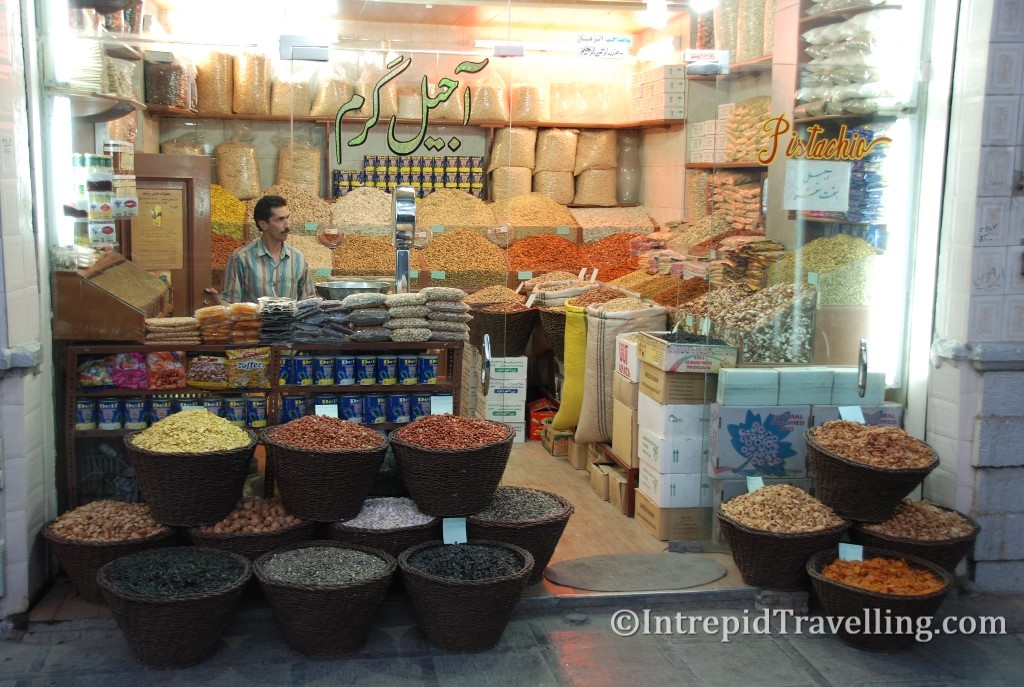
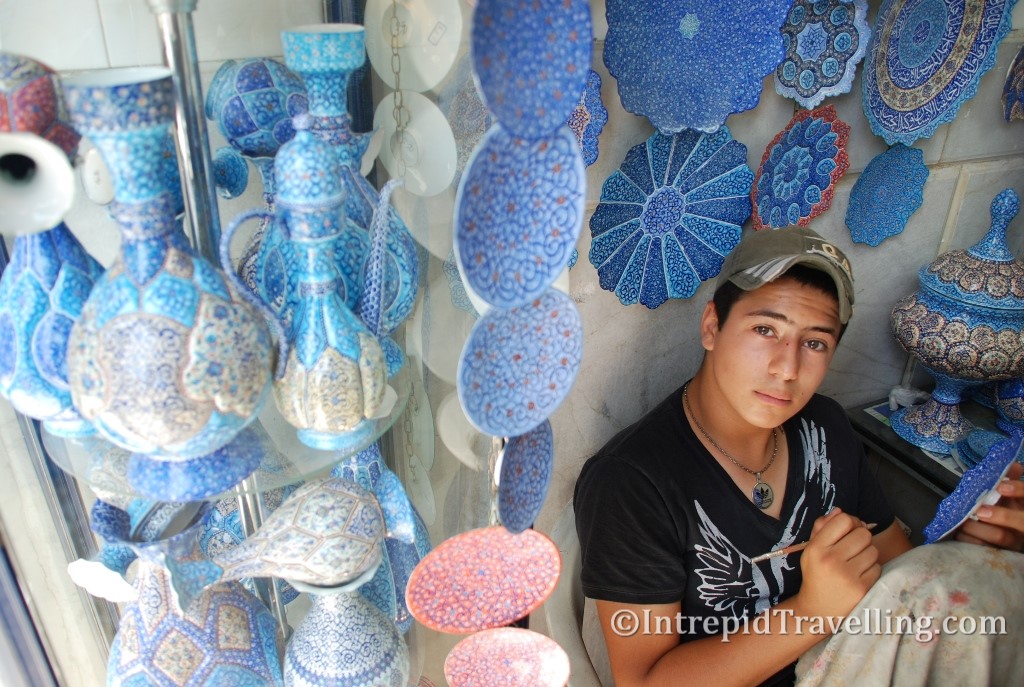
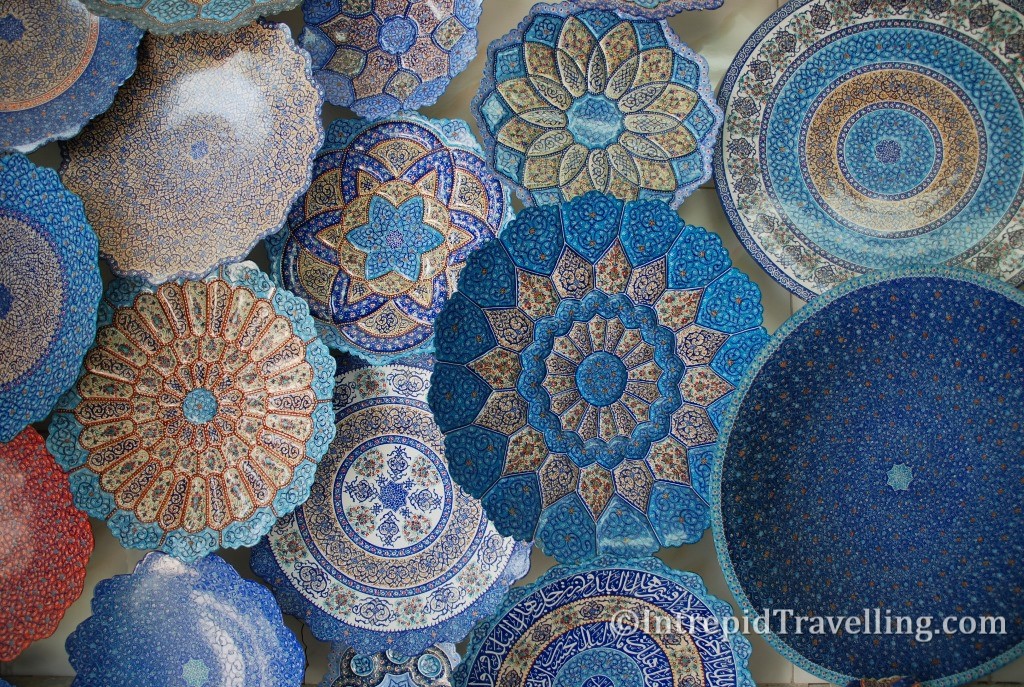
Esfahan’s central square, the Imam square, was built by Shah Abbas in the 17th century and is the second largest in the world. It is a popular place for the locals to gather every evening for picnics with the young women, clad in their black Chador, were referred to by one local man as; the “Penguins of the desert”. The dome of the Imam Mosque (also known as Shah Mosque or Jaame’ Abbasi Mosque) is reputably one of the most beautiful mosques in the world. The tile work on the square’s buildings and mosques certainly is captivating.
It’s not just the main square that’s impressive, the sidewalk along the ephemeral river that runs through the centre city is tree lined connecting the aesthetically pleasing pedestrian Khaju Bridge that crosses the river from teahouse to teahouse. Make sure you view the bridge in the early evening after watching the sunset, the backlit arches are stunning!
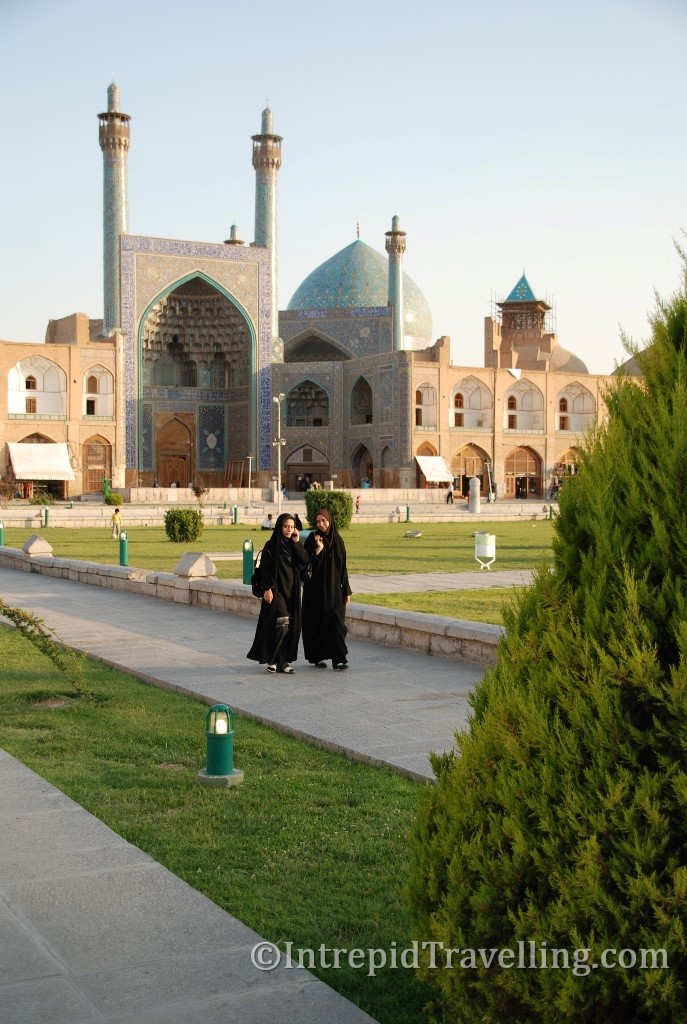
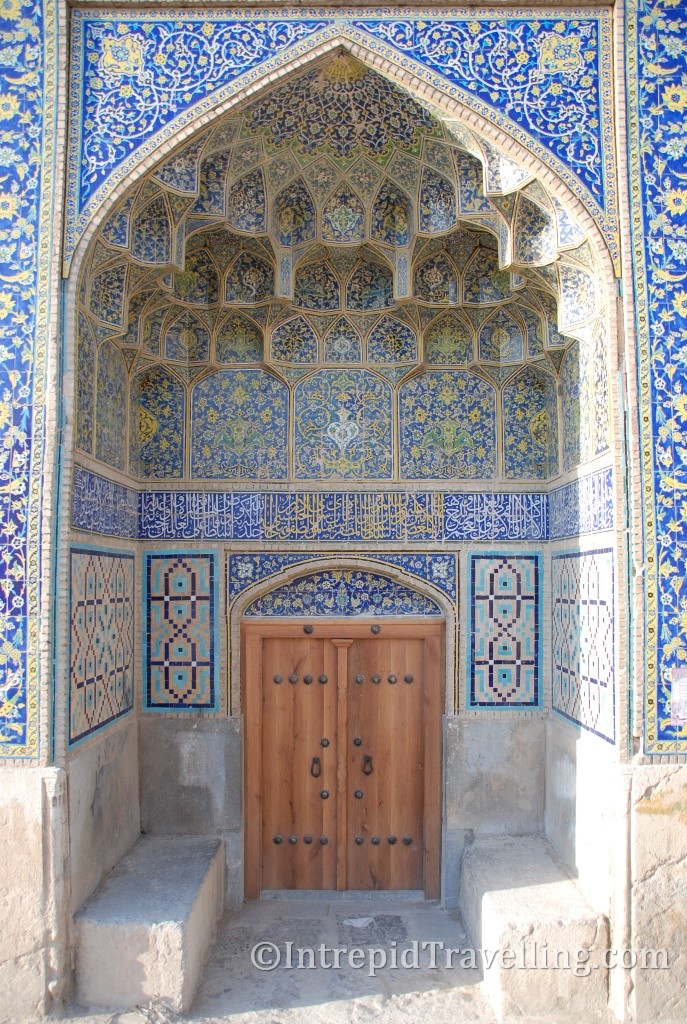
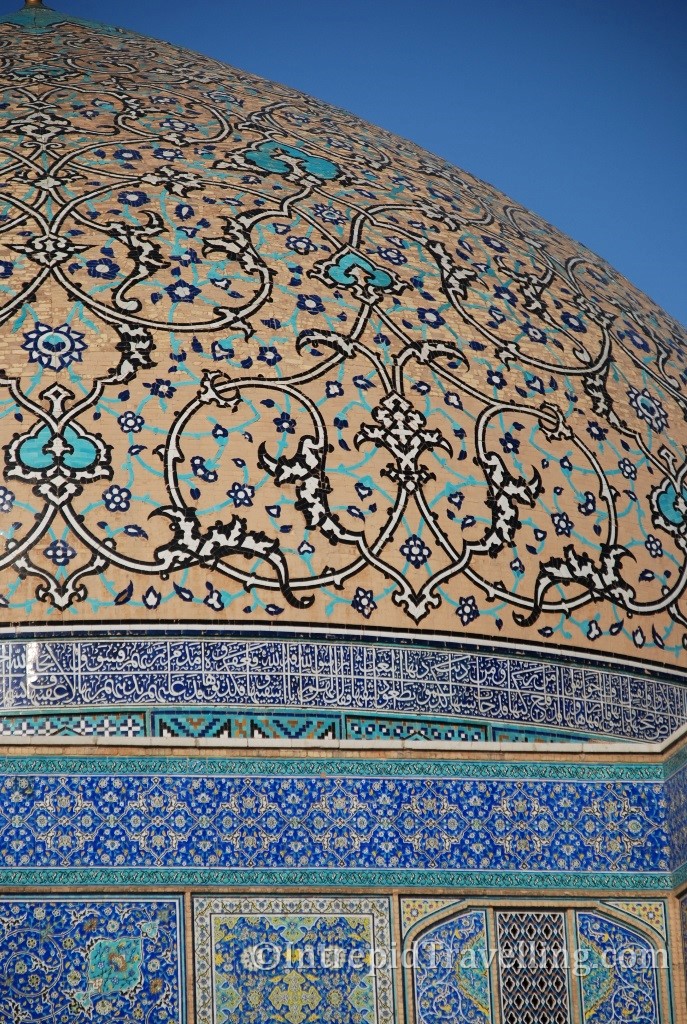
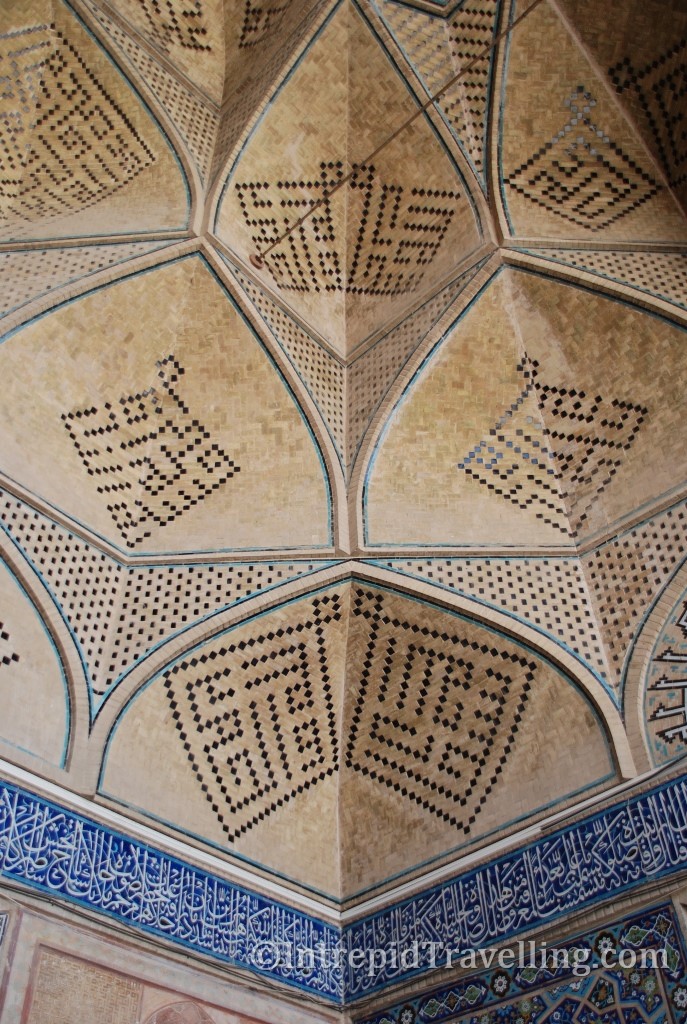
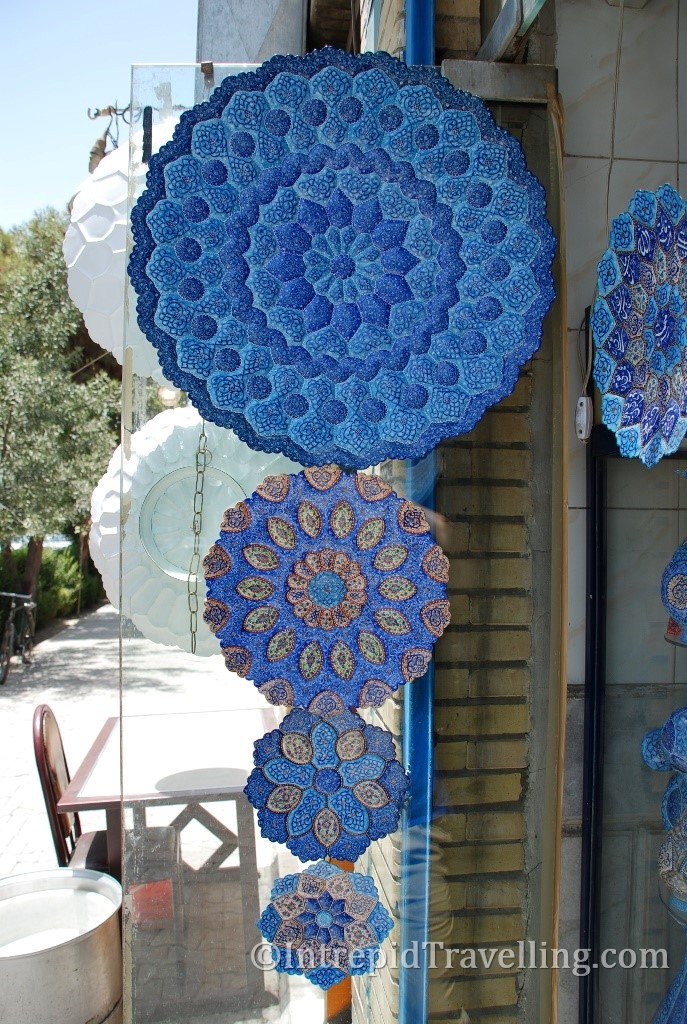
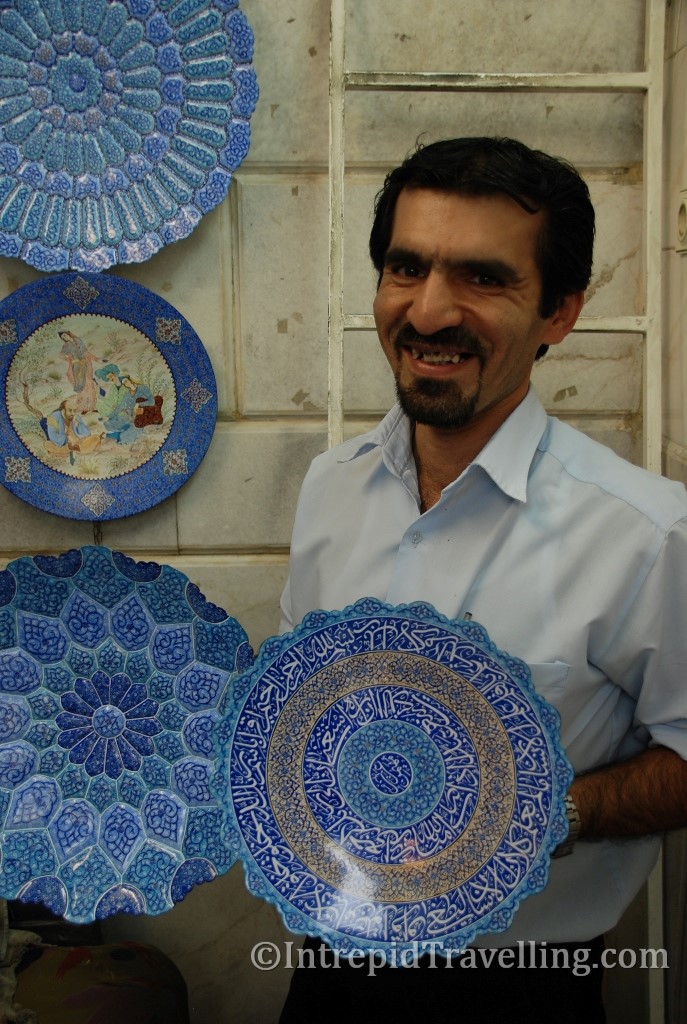
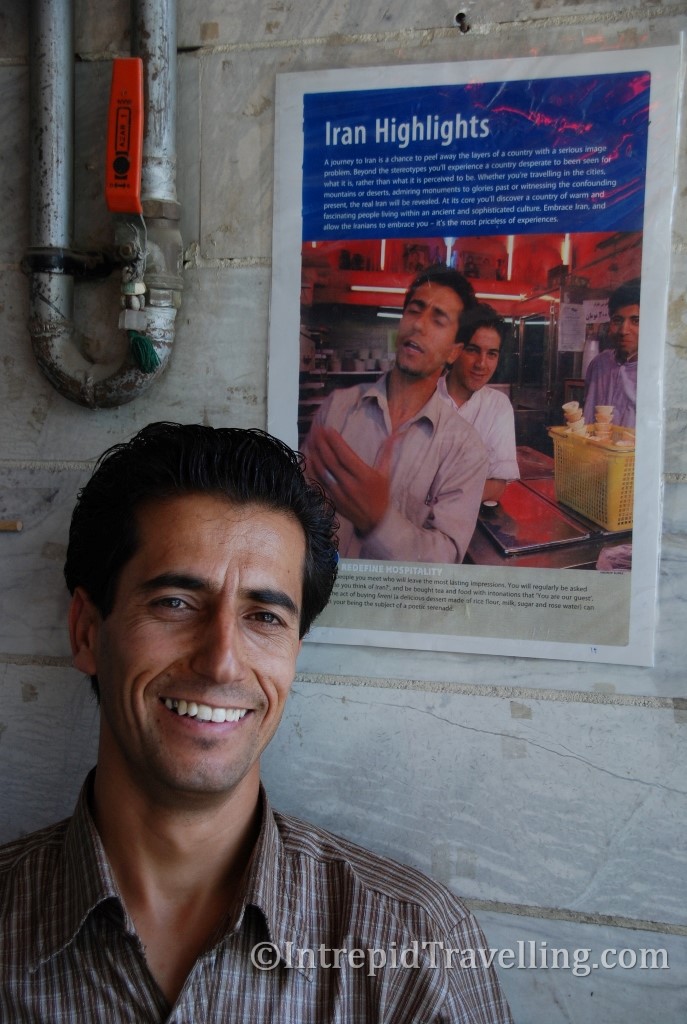
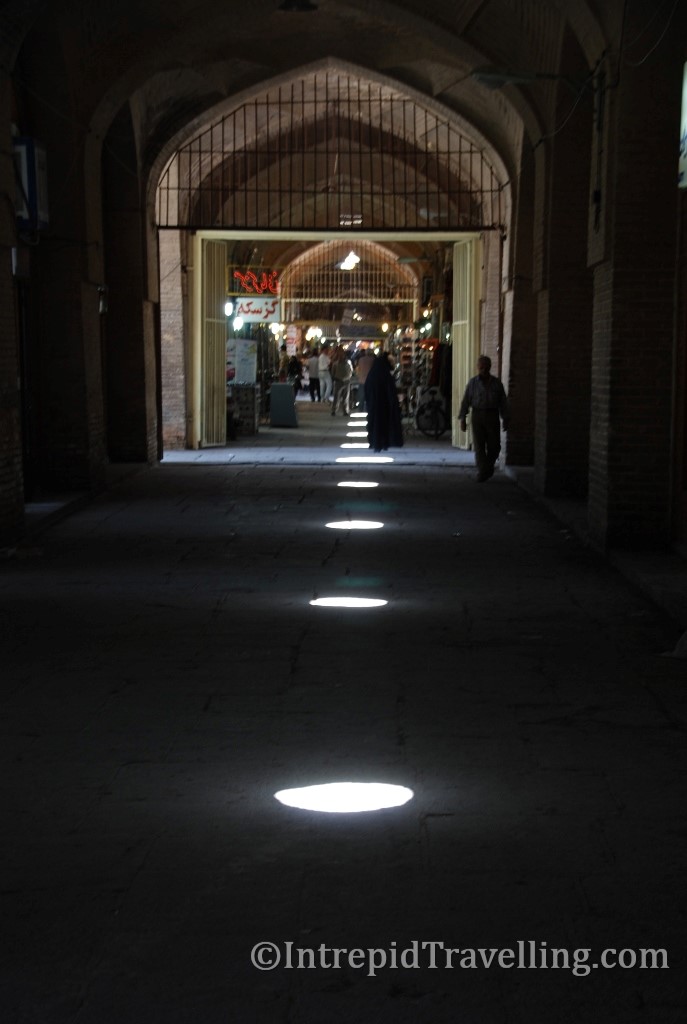
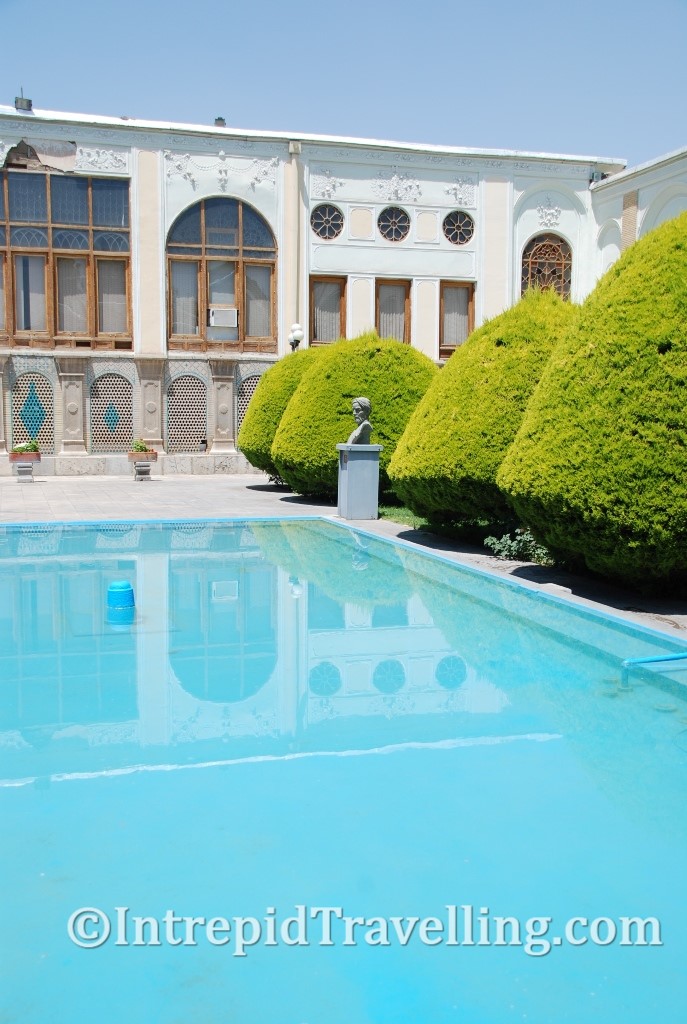
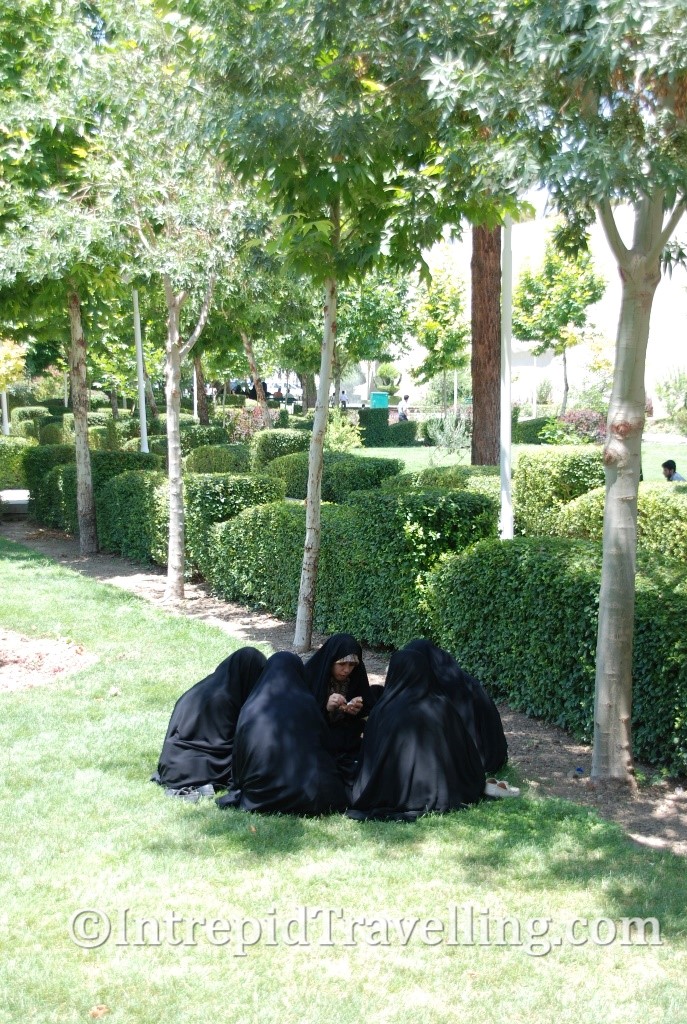
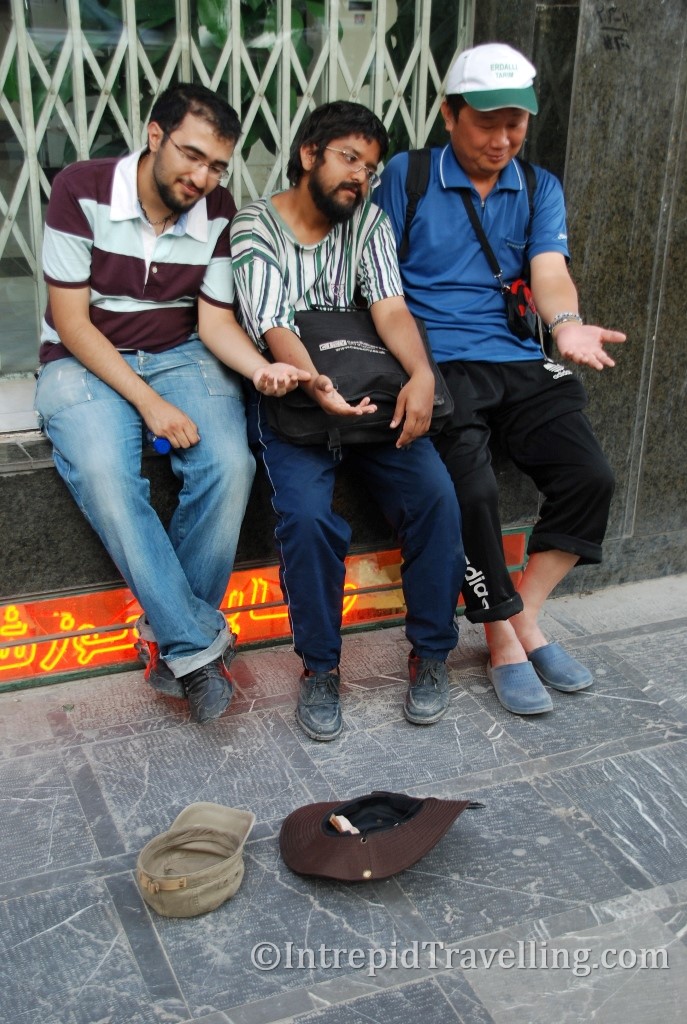
Esfahan is also well known for its craftsman and the selection is endless with many shops displaying hand-painted copper plates to potential customers. Strangely, one day while shopping through the streets of colourful plates, I came across the very guy who is the picture boy for the Lonely Planet’s #1 highlight of hospitality in Iran; he lived up to expectation too, not hesitating to push samples of his delicious sweets in my direction.
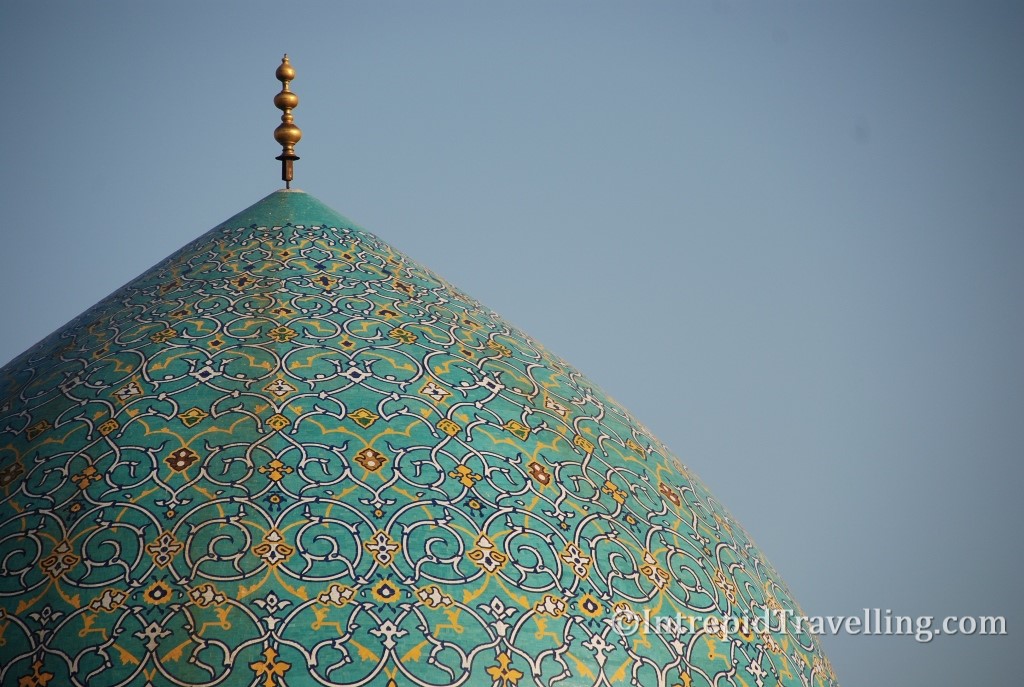
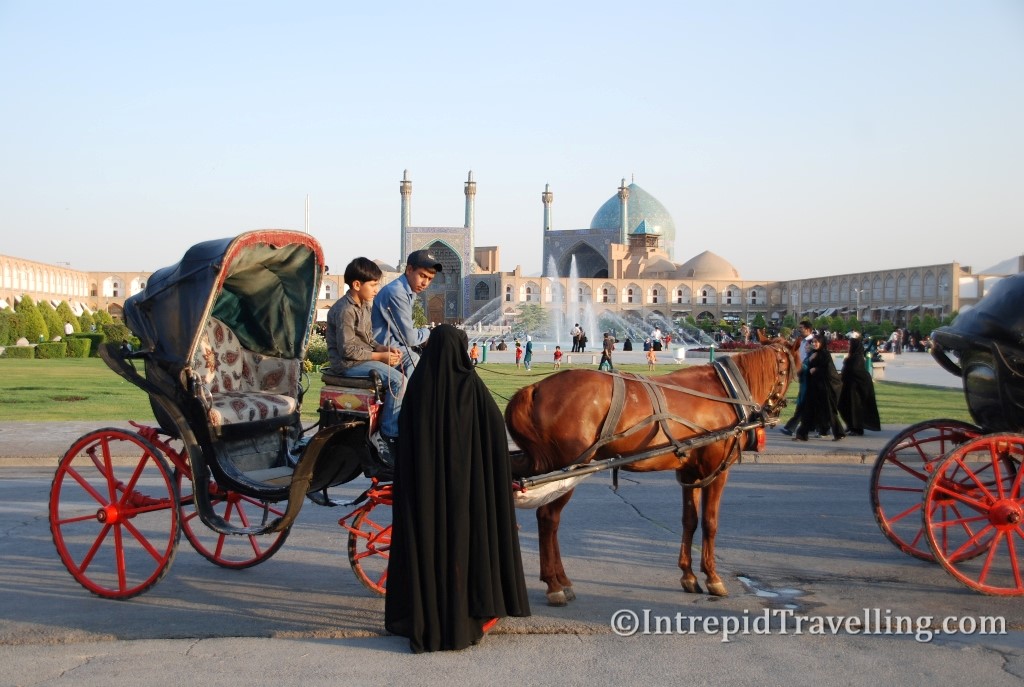
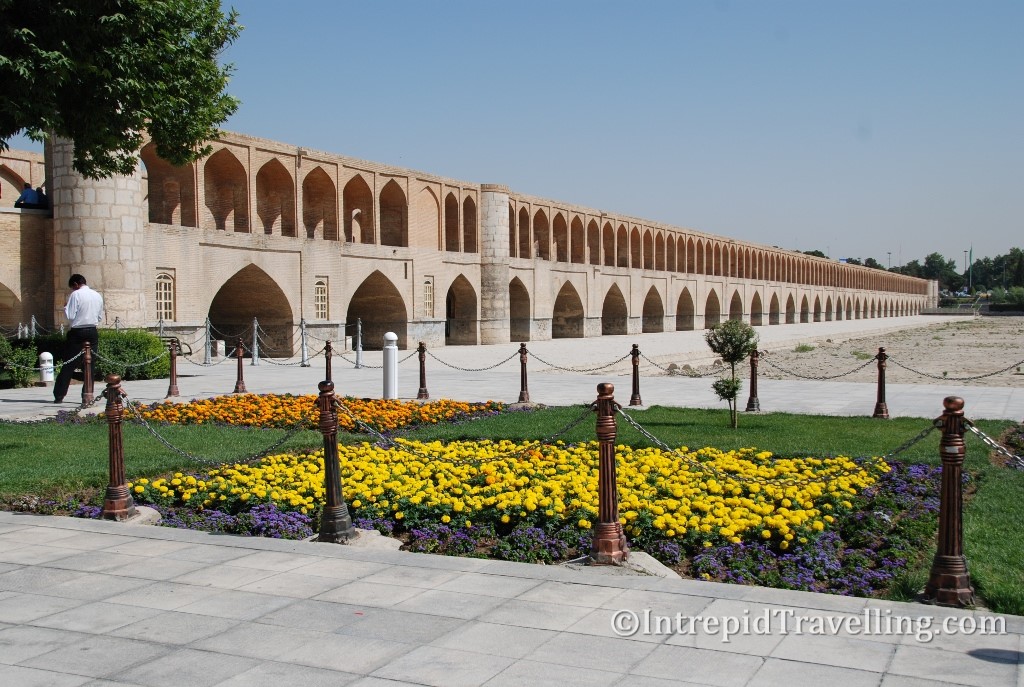
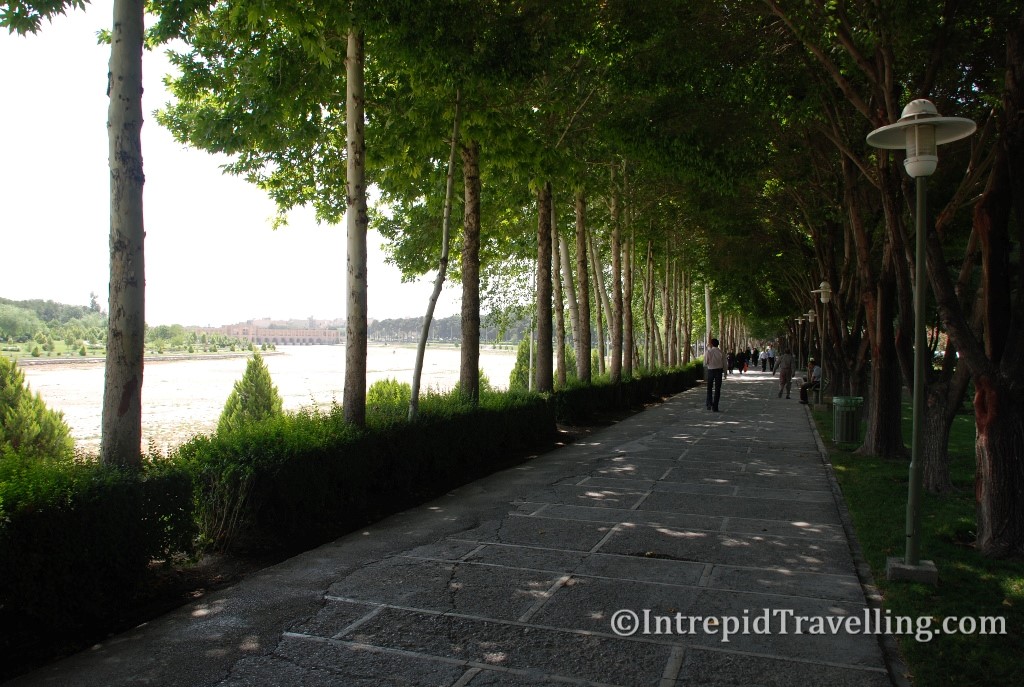

A big part of Iranian life revolves around shopping at the small shops in the Bazaar (market) as there are no malls or western chains. I was told by one local that “Iran is a closed bazaar open only to China”, meaning most of the products available in Iran are Iranian made except for some Chinese products. The closed Bazaar includes the automotive industry; many of the cars are Iranian made, such as the Paykan and its 1970’s technology is pretty common (giving the streets a former Soviet Union feel), although the Iranian made Peugeot 206 is increasingly common. With the prospect of the sanctions being lifted in the future this may slowly change.

